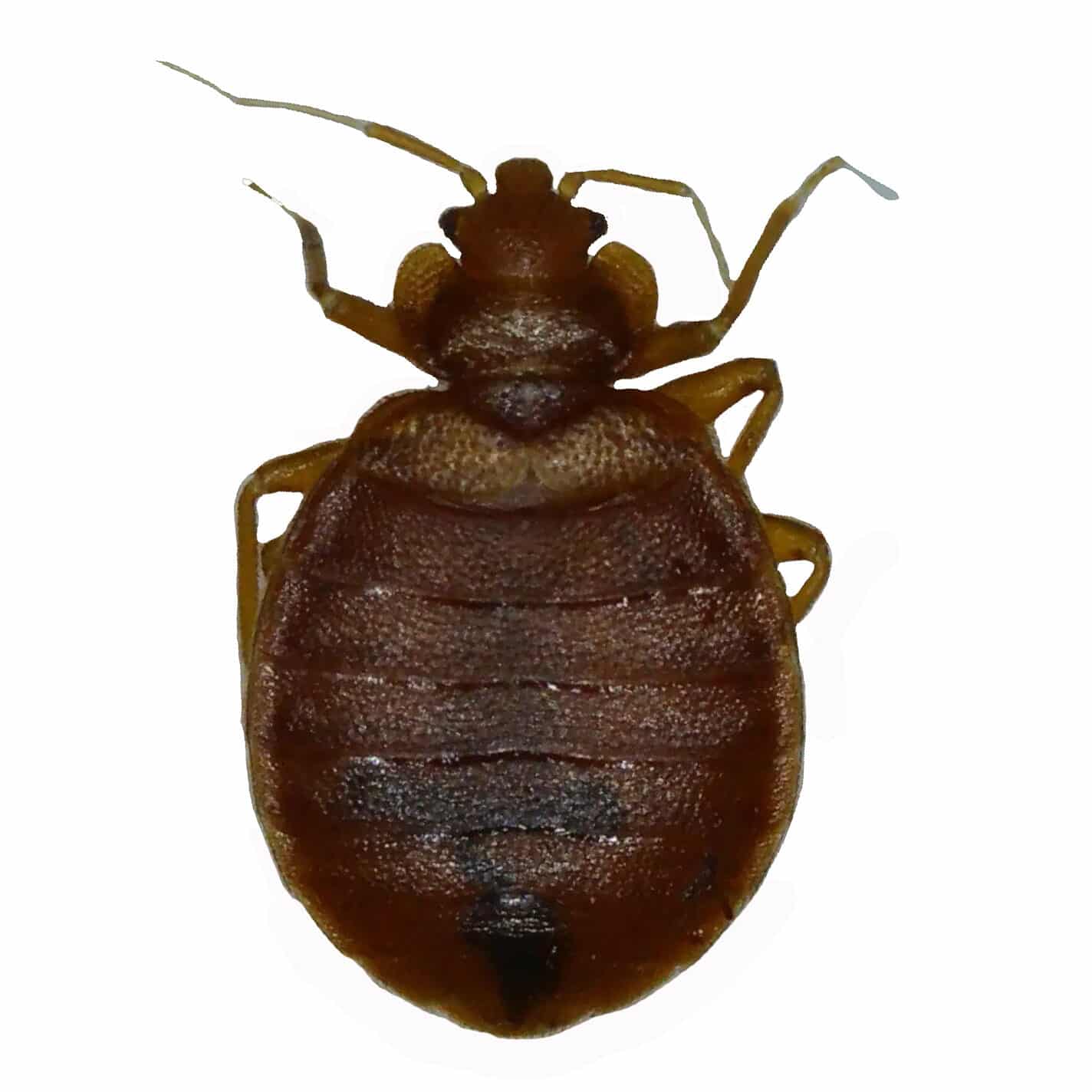
In the article
Last Updated on 10/01/2025 by Tony Abrahams
There’s a lot of confusion out there when it comes to bed bugs, with bed bug myths often leading to misunderstandings and ineffective treatment. Let’s clear up the most common misconceptions, so you can tackle any infestation with accurate information and confidence.
20 Common Bed Bug Myths
- Bed bugs live in hair – Bed bugs do not live in human hair; they prefer hiding in crevices and cracks close to where people sleep.
- Bed bugs only infest dirty homes – Cleanliness doesn’t affect bed bug infestations; they can be found in both clean and dirty environments.
- Bed bugs can fly – Bed bugs cannot fly; they crawl and are excellent hitchhikers.
- Bed bugs spread diseases – While bed bugs are a nuisance and can cause itchy bed bug bites, they are not known to transmit diseases to humans.
- You can feel bed bugs biting – Most people don’t feel bed bugs biting because they inject an aesthetic before feeding.
- Bed bugs only bite at night – While they are mostly nocturnal, bed bugs can feed during the day if they’re hungry and there’s an opportunity.
- Bed bugs are too small to see – Adult bed bugs are small but visible to the naked eye, roughly the size of an apple seed.
- Bed bugs only live in beds – Bed bugs can hide in many places, including furniture, walls, and even electrical outlets.
- Bed bugs are only found in beds – Bed bugs can be found in many places, including couches, chairs, carpets, and even behind baseboards.
- Throwing away infested furniture will get rid of bed bugs – Bed bugs can spread to other areas of your home, so simply discarding furniture won’t solve the problem.
- Bed bugs jump like fleas – Bed bugs cannot jump; they crawl slowly to move from place to place.
- Bed bugs only live in cities – Bed bugs can infest homes in both urban and rural areas; location doesn’t protect against them.
- Bed bugs are a sign of poor hygiene – Bed bugs are not attracted to filth or dirt; they are attracted to warmth and carbon dioxide.
- You can get rid of bed bugs with DIY sprays – While some DIY treatments can help, professional treatment is often necessary to fully eradicate an infestation.
- Bed bugs are a modern problem – Bed bugs have been around for centuries; they’re not a recent phenomenon.
- Bed bugs only infest mattresses – Bed bugs can infest many areas in a home, including clothing, luggage, and personal items.
- Bed bugs can survive in extreme cold or heat – Extreme temperatures can kill bed bugs, but they can survive in a wide range of environments without treatment.
- You can starve bed bugs by leaving a room vacant – Bed bugs can survive for months without feeding, so vacating a room won’t necessarily get rid of them.
- Pets can carry bed bugs – Bed bugs prefer humans over pets, although they can occasionally feed on animals if no humans are around.
- You can easily see bed bugs during the day – Bed bugs are expert hiders and are often hidden during the day, making them difficult to spot.
What Do Bed Bugs Look Like?

Adult Bed Bug
Removing Bed Bugs From Your Home
Say goodbye to bed bugs for good with our comprehensive system designed to eliminate these pests instantly and keep them from coming back.
- Start by using steam to kill bed bugs on contact—this method is highly effective for instant eradication.
- For long-term protection, apply Diatomaceous Earth (DE) around your home, especially in cracks and crevices where bed bugs like to hide. DE (Bedbug Powder) works by dehydrating and killing bed bugs over time, ensuring they don’t return.
- Add mattress covers to prevent any remaining bed bugs from escaping or new ones from infesting.
- Finally, install bed leg bed bug barrier traps to stop bed bugs from climbing up into your bed, providing immediate and continuous protection.
Conclusion
Bed bugs have long been the subject of many myths and misconceptions. From old wives’ tales to modern-day urban legends, they are one of the most misunderstood.
Many myths and misconceptions about bed bugs can be intimidating and lead to unnecessary fear. Therefore, knowing the truth about them should help people eradicate them easier.
Frequently Asked Questions About Bed Bug Myths:
- Are Bed bugs attracted to specific colours?
Some believe bed bugs prefer certain colours like red or black, but while they may be drawn to dark hiding places, colour doesn’t play a significant role in their behaviour. - You can feel bed bugs crawling on your skin?
Although it sounds creepy, most people can’t feel bed bugs crawling on them because they’re so lightweight and often move when you’re asleep. - Can bed bugs live in your ears?
These bizarre bed bug myths suggests that bed bugs can crawl into your ears and live there. While bed bugs can crawl into tight spaces, they do not live in or infest the human body, including ears.
Are You Looking for an Eco Friendly Home Remedy?
Watch Our DIY Treatment Video For An Ensemble Bed
Watch Our DIY Treatment Video For A Bed with Slats
If you have enjoyed our post about “bed bug myths” then you might like to check out our homepage.
Sources:
EPA (bed bug myths), Scientific American (myths about bed bugs), Consumer Reports (bed bug myths)



Leave a Reply